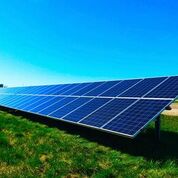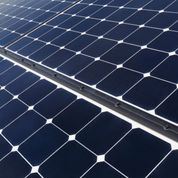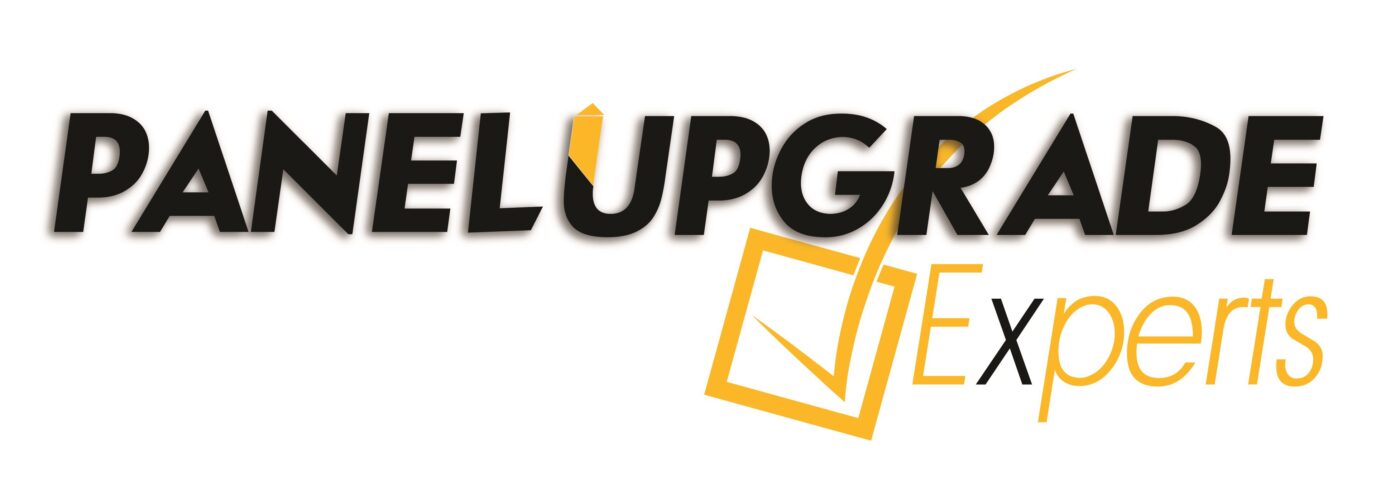The solar power system or solar photovoltaic system is not complex but is very easy to understand and implement.
Solar power is almost ready to use if you have an appliance working on DC electricity. However, if you don’t have any DC appliance, then you need to convert the DC to AC through an inverter. This article is regarding the basics of a Solar Power System.

Solar Energy Harvesting
The first step is the installation of solar panels. The solar panels are installed in the form of array connected in series vulnerable to sunlight or solar radiation. These solar panels collect energy from solar radiation and convert the pulses into DC electricity. There is an inverter for the conversion of DC to AC electricity. There are various switch boxes introduced in the step for safety purposes. Now, this AC electricity is used for the running of any appliance that is installed in the house such as refrigerator, television, and washing machine, etc. However, if you want to store solar energy, then there is a requirement of a battery bank. The charge controller is used for the proper charging of the battery banks. The charge controller is limiting the over and undercharging of the battery bank.
Basics of Solar Power System
The following is an explanation of the very basics of Solar Power System.
Solar Panels: The solar panels which are also known as photovoltaic panels are actually sheet for harvesting power or energy from solar radiation. Watts are the unit of power. The main task of solar power harvesting is installation, connection, and mounting of these solar power panels.

Mounting Process: The mounting of solar panels is very critical because you have to look for the pinpoint accuracy of maximum exposure to sunshine for a longer period of time. The perfectly mounted solar panel system can work for as long as 20 years.
Inverter: The inverter is a device for the conversion of direct current (DC) into alternating current (AC). The inverter is to perform conversion of DC to AC along with maintenance of the current at 120V. The inverters are typically not much expensive; however, it depends on its quality. For example, a full sine wave inverter will be expensive because it provides 100 percent distorted free current to the appliances and is very reliable as well.
Solar Tracking: The solar tracking mount is not a mandatory device but highly recommended. Through tracking mount maximum exposure to sunlight is possible with almost 100 percent sunshine time. The panels are rotating along the direction of the sun through the tracking mount.
Switches and Fuse Box: Switches for disconnection are used and are critical for safety. The disconnection switches are mostly for turning ON and OFF of the solar power system. Fuses are very useful in case any abnormality is observed in the current or voltage of the Solar Power System.
Power Meter: Smart meter is used by those who have solar power systems installed in the house. The smart meter is capable to get energy from the grid as well as give energy to the grid. For example, if the users have an excess of solar energy production beyond their usage, then they will direct smart meter to give excess energy to the grid.
Panel Upgrade Experts are a trusted installation company of quality solar panels in Calgary. If you’re interested in knowing how solar power can save you money on rising energy costs, contact us today for your free quote.
